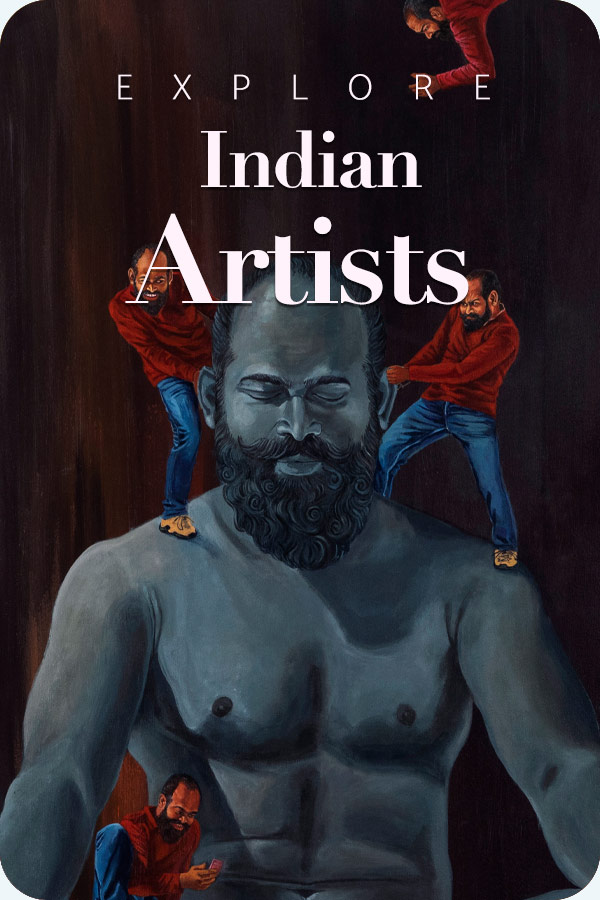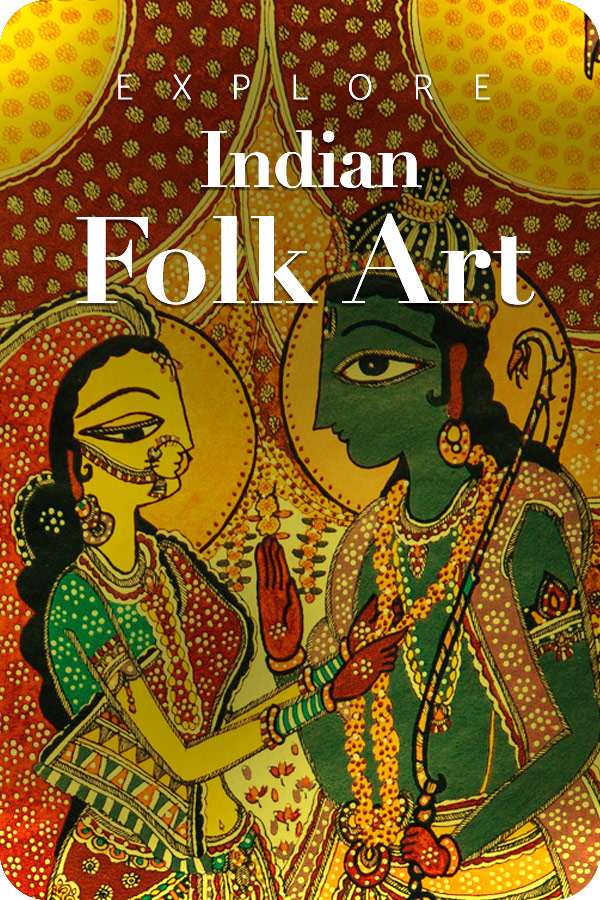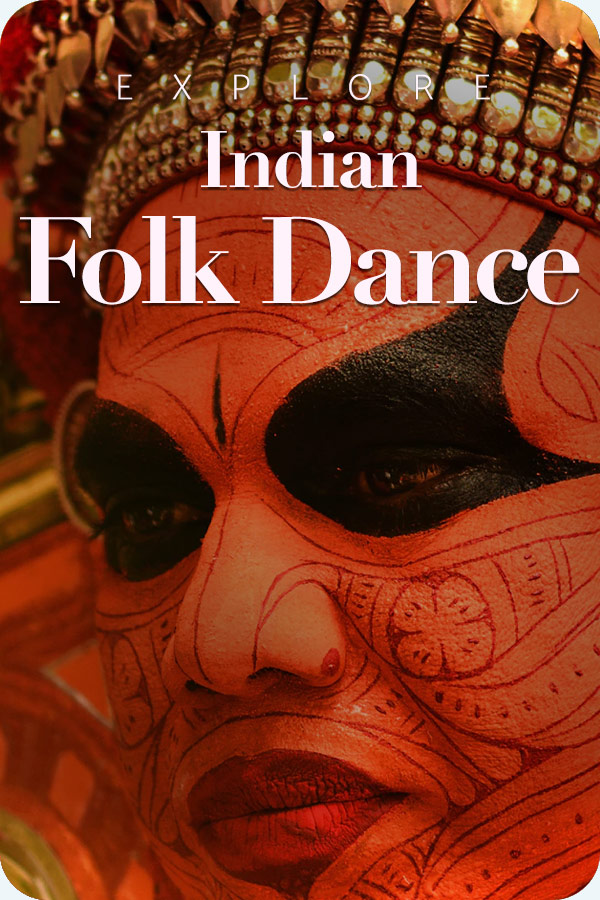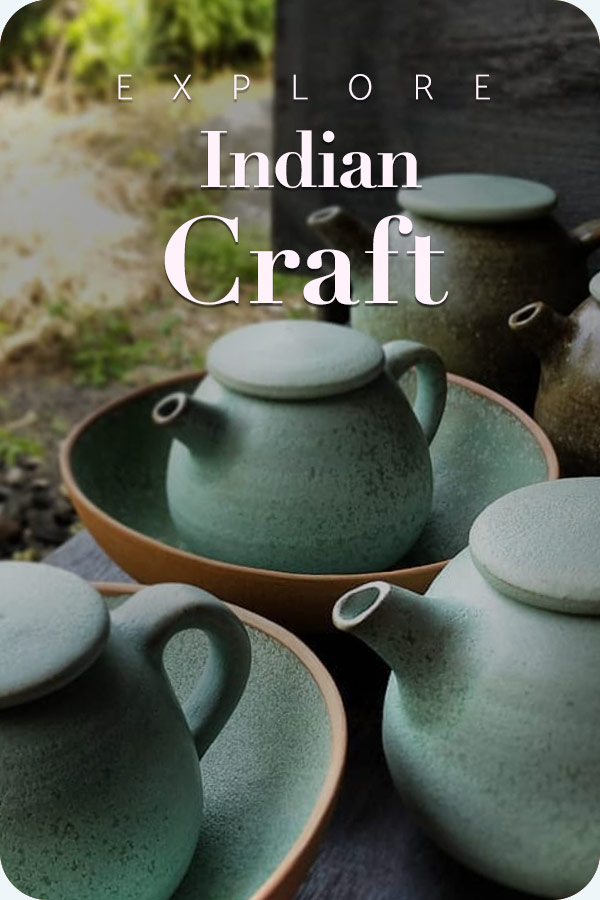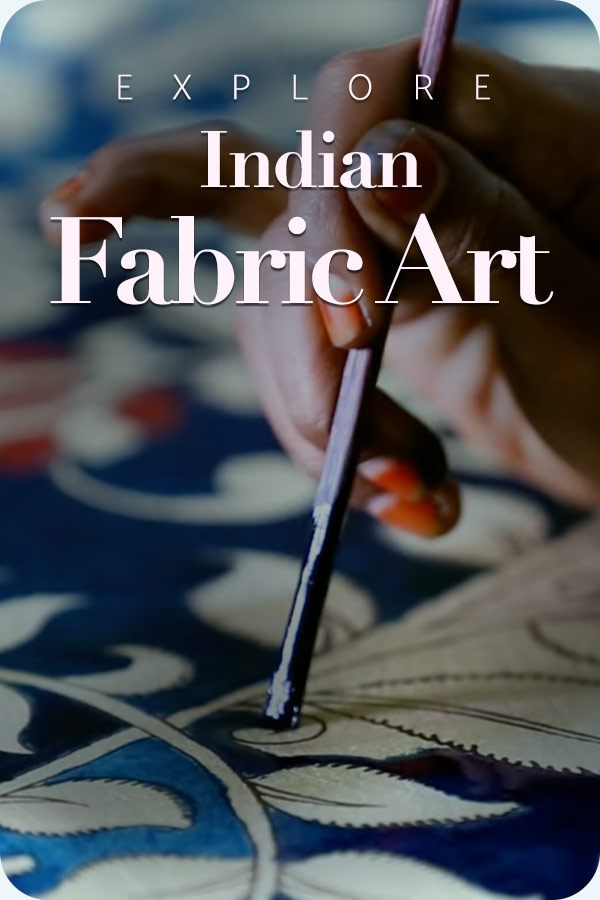
Shiva) in Rajasthan, the 206-foot Statue of Social Justice in Andhra Pradesh, and artistic
contributions to India’s new Parliament building. From Mahatma Gandhi in New York to
Swami Vivekananda in Mexico, his art powerfully represents India’s cultural diplomacy and
civilizational ethos on the global stage.
From time immemorial, Indian monumental art has stood as a symbol of deep cultural, spiritual, and artistic heritage intact with the country’s profoundly rich history. From the intricate carvings on the Khajuraho temples to the great monoliths of deities and national heroes, the term traditionally prescribes a concept of brilliance and continuity. Elaborately carved out by human imaginations and skills, monumental sculpting has traditionally been an art form based on immaculate skills and years of experience. However, in the new millennium, a new paradigm is quietly taking shape in which silicon and software increasingly join hands with stone and steel.
The AI Revolution in Art

Witnessing a technological revolution, AI and 3D sculpting techniques are now transforming the very foundations upon which large-scale public and spiritual art used to rest in conception, design, and execution. Artists working in digital studios and academic labs, in India and all over the world, are using algorithmic intelligence fused with sculptural creativity to redefine what a monument can be.
With the rise of generative design tools, virtual modeling environments, and AI-powered fabrication processes, the art of sculpture is undergoing a radical transformation that promises to make it more inclusive, innovative, and interactive.
From Traditional Sculpture to Digital Realms

Digital sculpting is similar to the concept of clay modelling, where an artist uses software-aided environment such as ZBrush, Blender, or Nomad to push, carve, or smooth virtual forms with great precision into great detail. Instead of chiselling marble, creators work on digital tools to sculpt complex shapes, using art, animation, and special effects.
Similarly, through AI and machine learning tools, a sculptor now gets assistance in suggesting forms, refining details, or generating entirely new 3D shapes in response to the prompts or inputs provided. This integration transforms AI from a passive assistant into an active creative partner.
Innovation in Indian Monumental Art

Generative AI art will push the limits of 3-D work into outlandish texturing, forms, and patterning. As backed by recent studies carried out in the International Journal of Engineering & Research (TIJER), on modern sculptures. 3D printing, VR, and AI-supported generative modelling at different levels are facilitating and adding value to the traditional ways. This is why thought leaders in this profession claim that AI does not kill creativity but rather promotes it; AI quickly generates ideas, variations, or compositional suggestions to allow artists more time for making conceptual and stylistic decisions.
AI & 3D Sculpting in India
Monumental art for temples, public statues, and cultural icons now leverages 3D sculpting and AI to reinterpret traditional motifs. Artists build digital models of deities or legendary figures carrying contemporary motifs or generative elements inspired by machine-driven creativity. They can prototype these digital sculptures to the desired scale, refine them through successive iterations, and allow them to be 3D-printed and materialised in stone or metal.

AI can therefore propose detailed procedures; it can come up with new geometric shapes or provide fresh sketch proposals generated from thousands of heritage artefacts, thus opening artistic vistas so as to avoid stigma of stylistic stagnation. Moreover, such AI-aided sculpting assists in lowering the technical barriers, making it accessible for artists from various regions to explore 3D and monumental designs. With an abundance of suggestions from the software and generative models, one can sculpt forms quickly without having to master time-consuming activities, resulting in wider engagement in monumental art forms across India.
Does AI Bring Authentic Art?

Some argue AI threatens originality, or infringes on IPR and copyright, but others propose AI is akin to past technological shifts like the camera that don’t diminish human agency. Many artists advocate framing AI as a collaborative tool or an assistant that offers ideas, not the creator of the essence. However, ultimate decisions that define the monument’s meaning, purpose, and future relevance still rest in human hands.
The Monumental Impact

As monumental art underwent a metamorphosis, AI and 3D sculpting gradually remodelled the atmosphere of public spaces. Digital sculptural proposals for virtual or augmented-reality viewing and community feedback merge traditional design with more democratically solicited innovation. The transition was boosted further by digital-to-physical workflows where designs processed through AI are employed in 3D-print clay moulds, cast bronzes, or carve stones to streamline production, reduce costs, and speed timelines. At a deeper level, they stimulate cultural dialogue whereby the artists are allowed to feed either folk tales or concepts of certain deities in abstract generative forms, from which a new set of perspectives is introduced to monument design narratives.
Future Outlook

Over the course of the next five to ten years, AI and 3D sculpting will redesign the monumental art landscape of India through the creation of hybrid studios bringing together traditional sculptors, digital artists, AI specialists, and conservationists. These teams will design monuments that are a hybrid of hand-carved heritage and AI-driven structural innovations. Restoration will, of course, use power-assisted methods of AI, assisting in 3D scanning and modelling for purposes of digitally reconstructing monuments that have been eroded and in guiding their physical restoration. The domain of public interface will further change, creating interactive statues that will enable the public to co-articulate artworks through the agency of AI sculpting tools. At the same time, art institutions will likely promote courses on AI-driven 3D sculpting in order that the new generation of artists will be fluent in both crafts and technology.
Conclusion
With India forging ahead in a rapidly digitising world, 3D sculpting and AI have come together to restore and further the scope of traditional monumental art. The system that had existed for a long time in which master sculptors had complete ownership of the art and worked solely with stone and metal has now become a shared platform for coders, designers, engineers, and even historians to collaborate upon.
These technological collaborations have increased scale and precision, while also opening up avenues for the newer generation, born and nurtured in the digital landscape. Whether the works are carved by hand or via a computer program, every sculpture remains an expression engraved with the spirit of its epoch. The young generation of sculptors is deeply imbued with the spirit of innovation, collaboration, and cultural reinvention.
Author: Naresh Kumar Kumawat – Indian Sculptor & Director of Matu Ram Art Centers
Naresh Kumar Kumawat is a globally celebrated sculptor and third-generation artist, known
for fusing ancient Indian traditions with contemporary expression. As Director of Matu Ram
Art Centres Pvt. Ltd., based in Gurugram, he has led the creation of over 600 monumental
sculptures across 40+ countries. His iconic works include the 369-foot Statue of Belief (Lord


